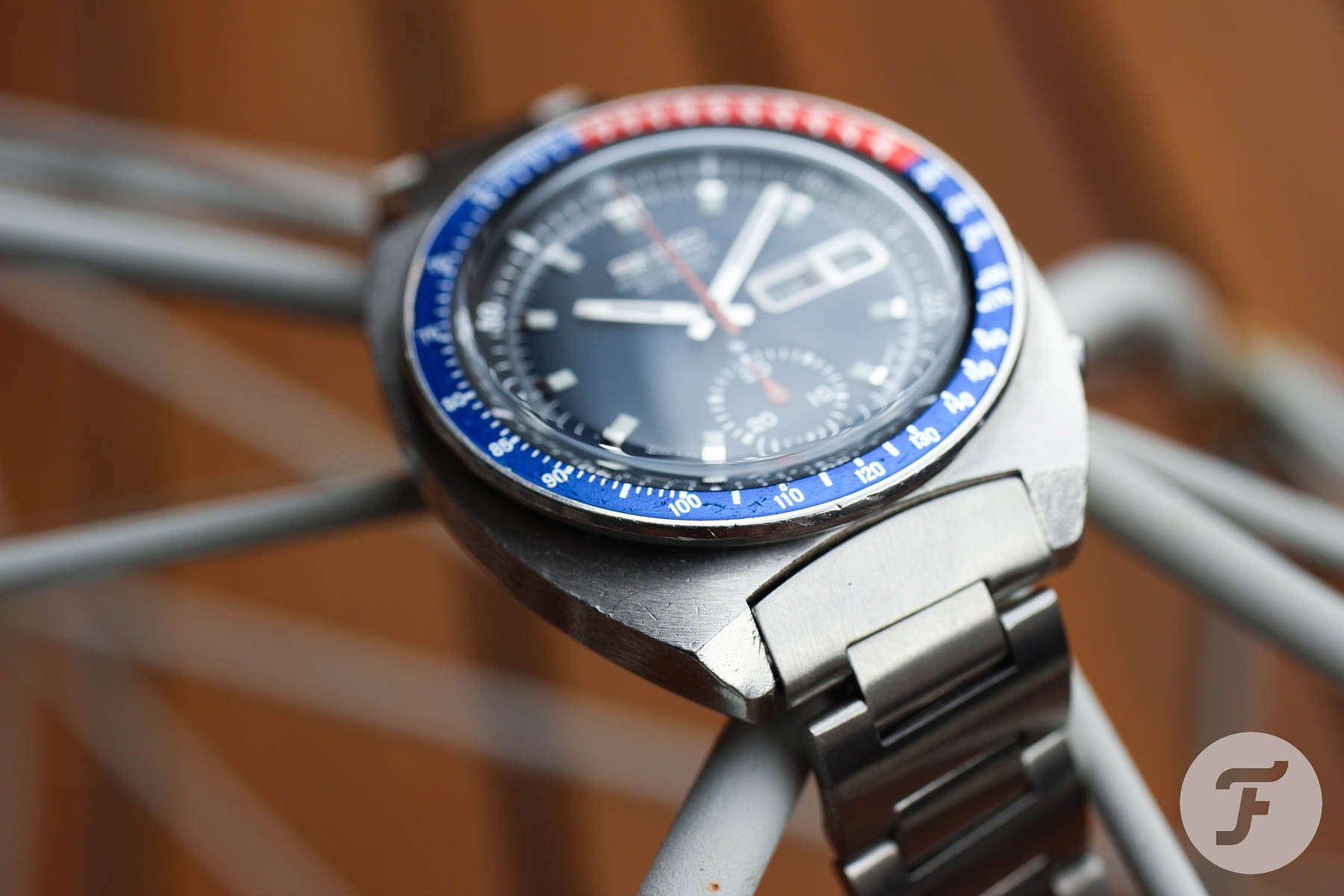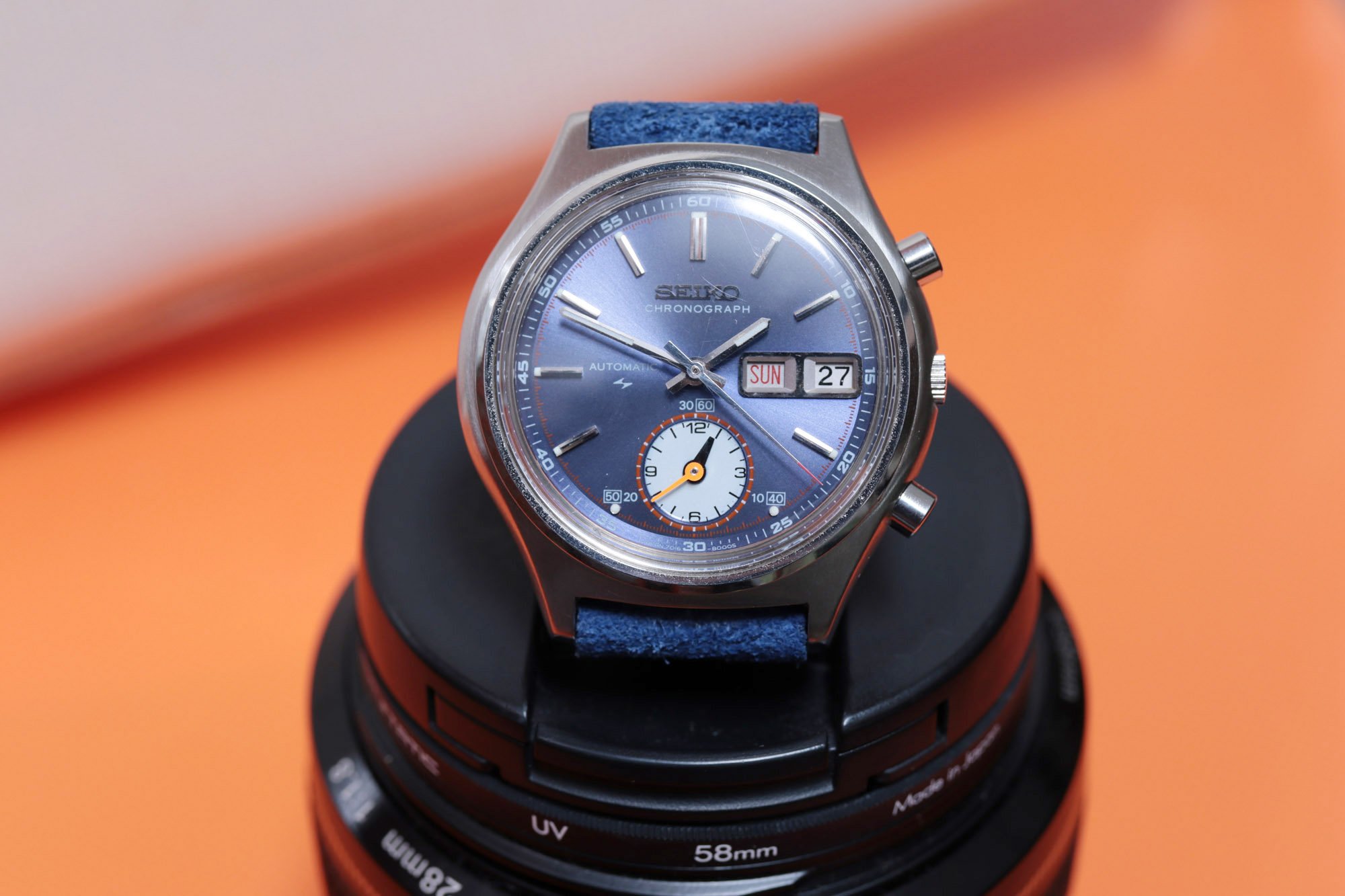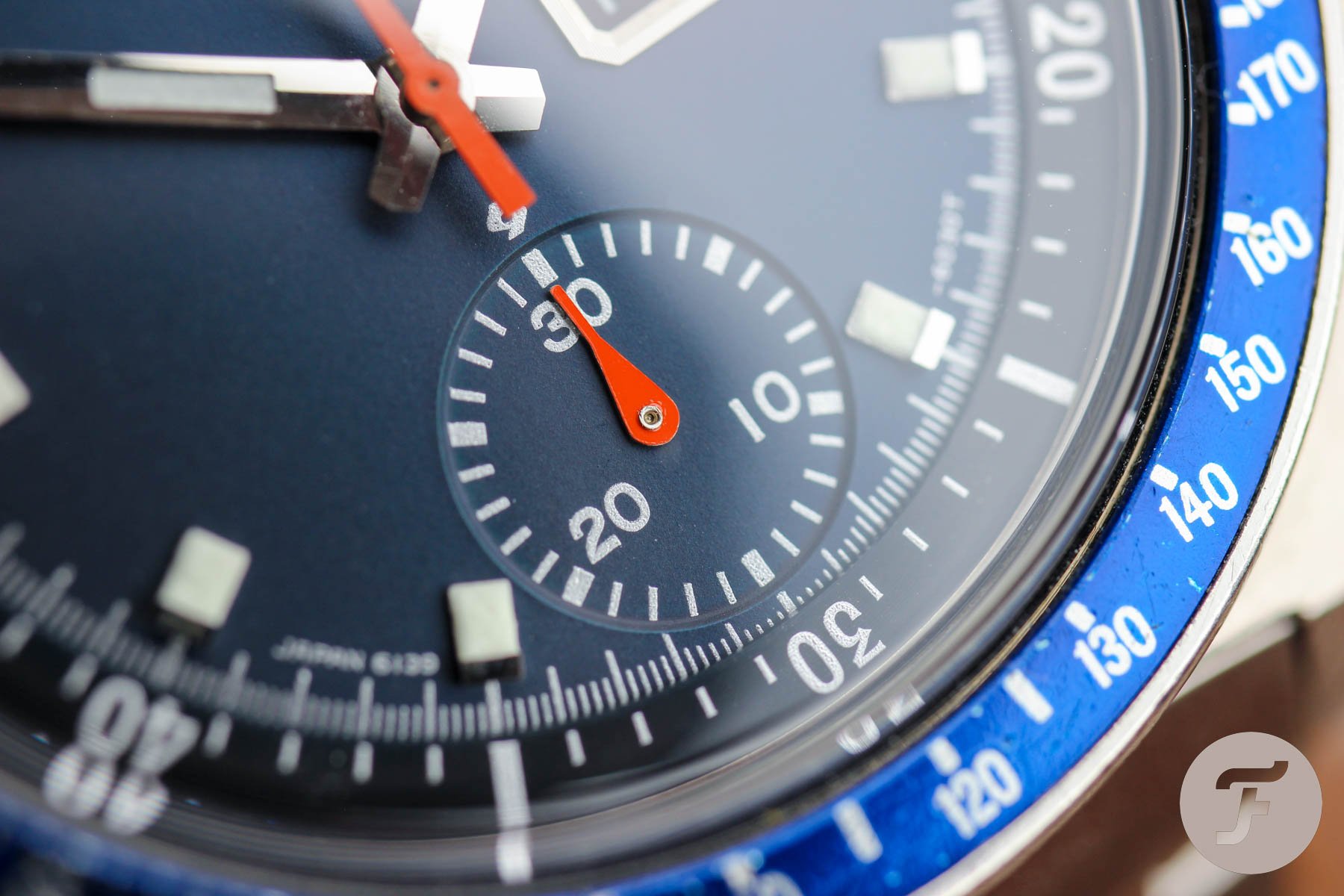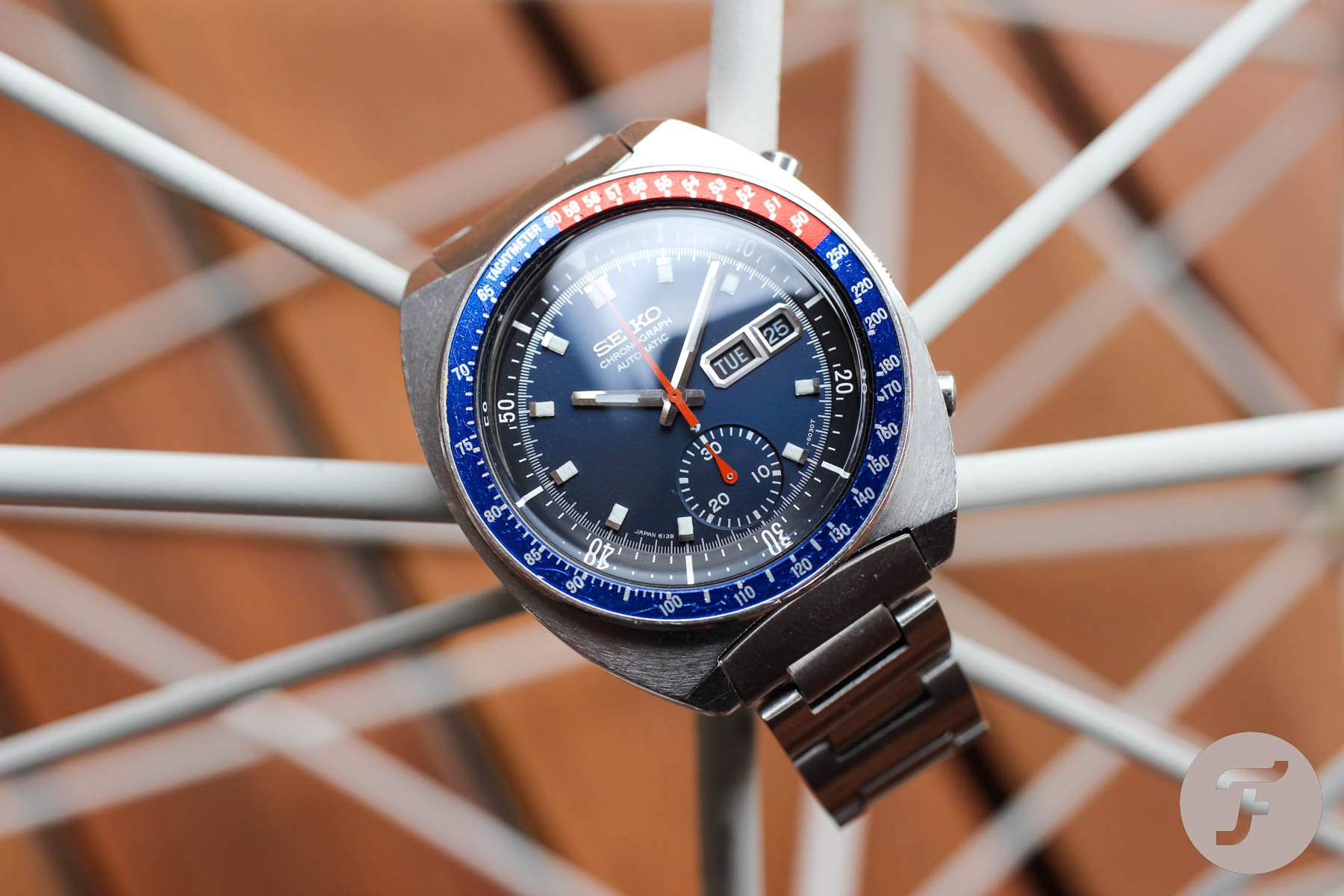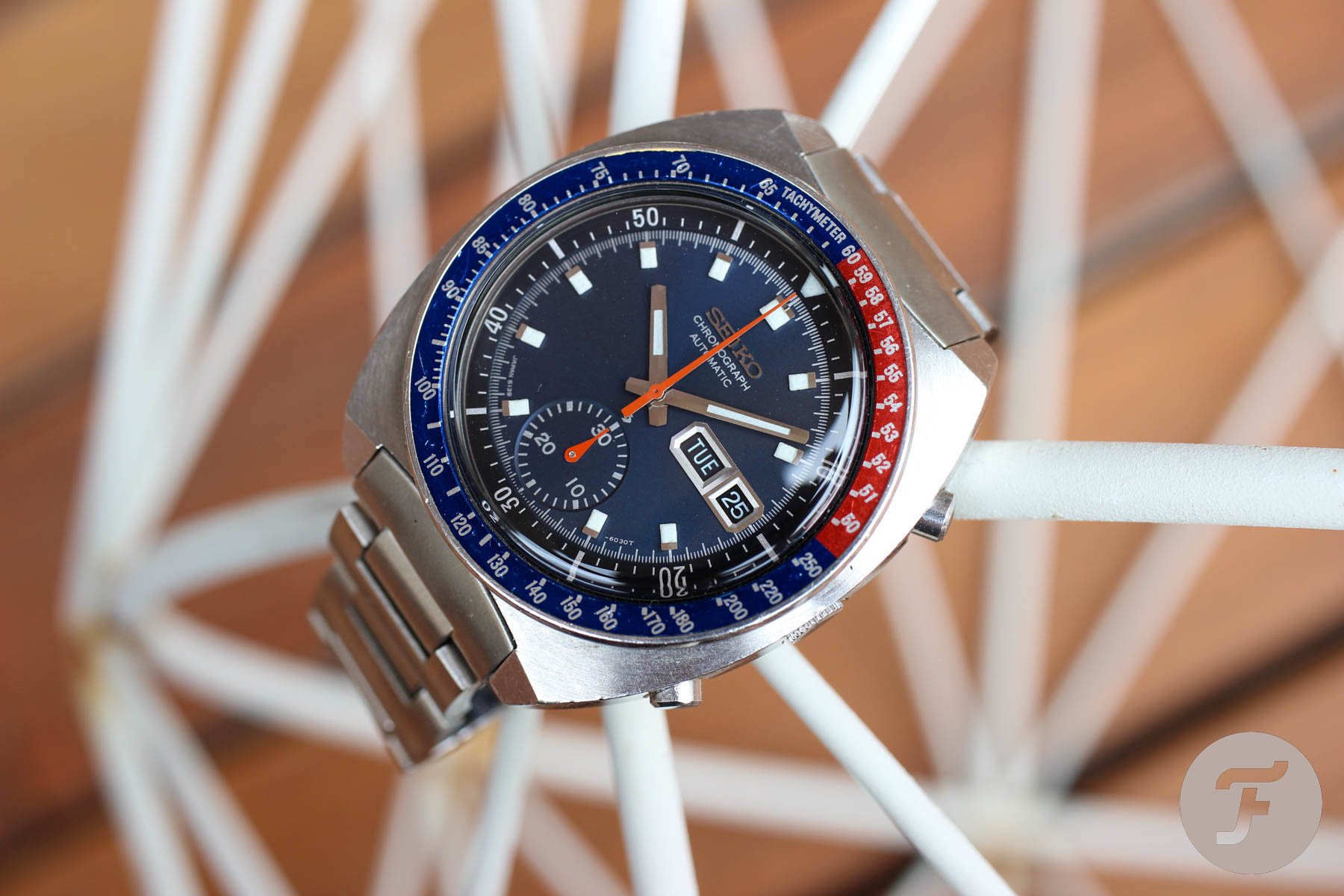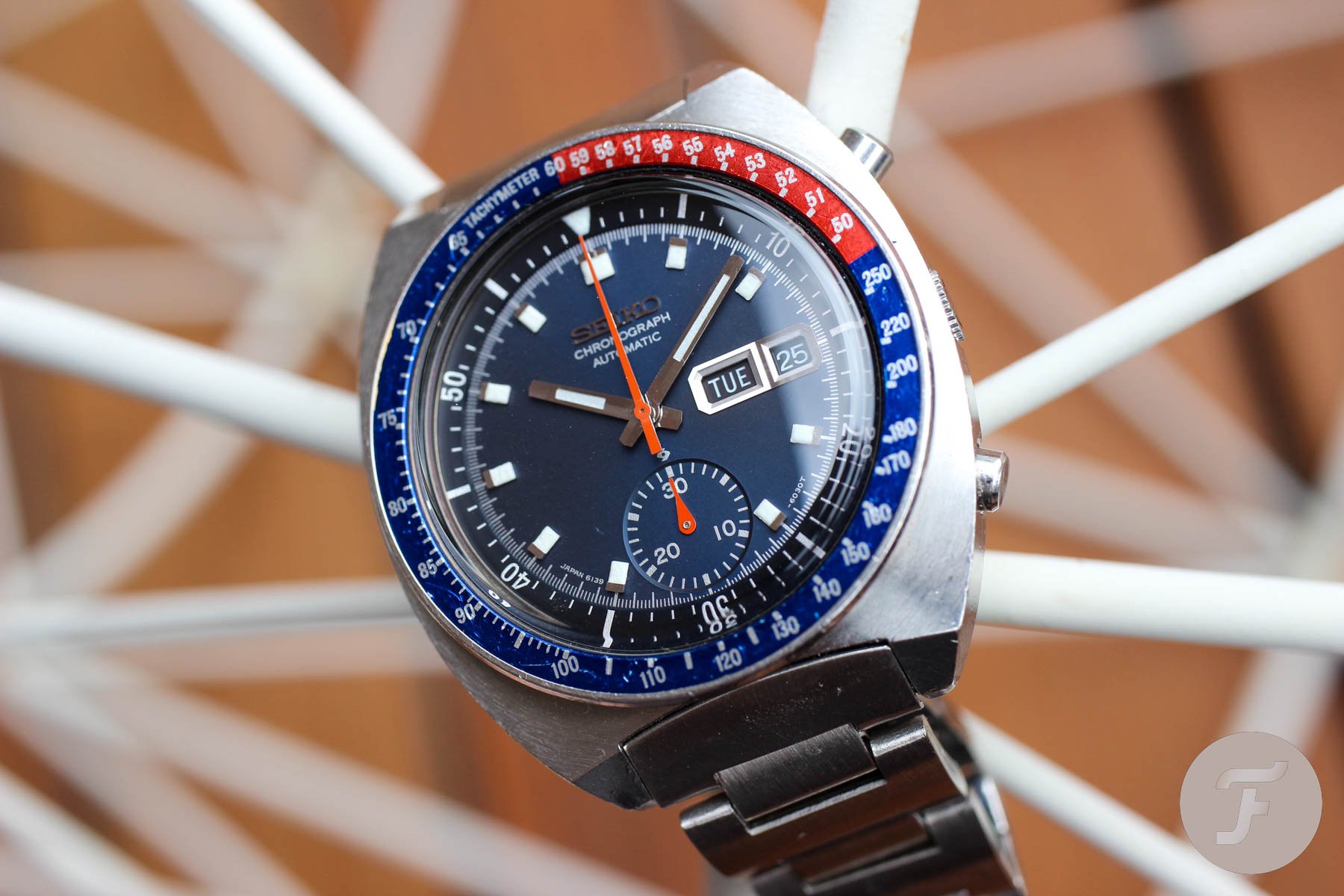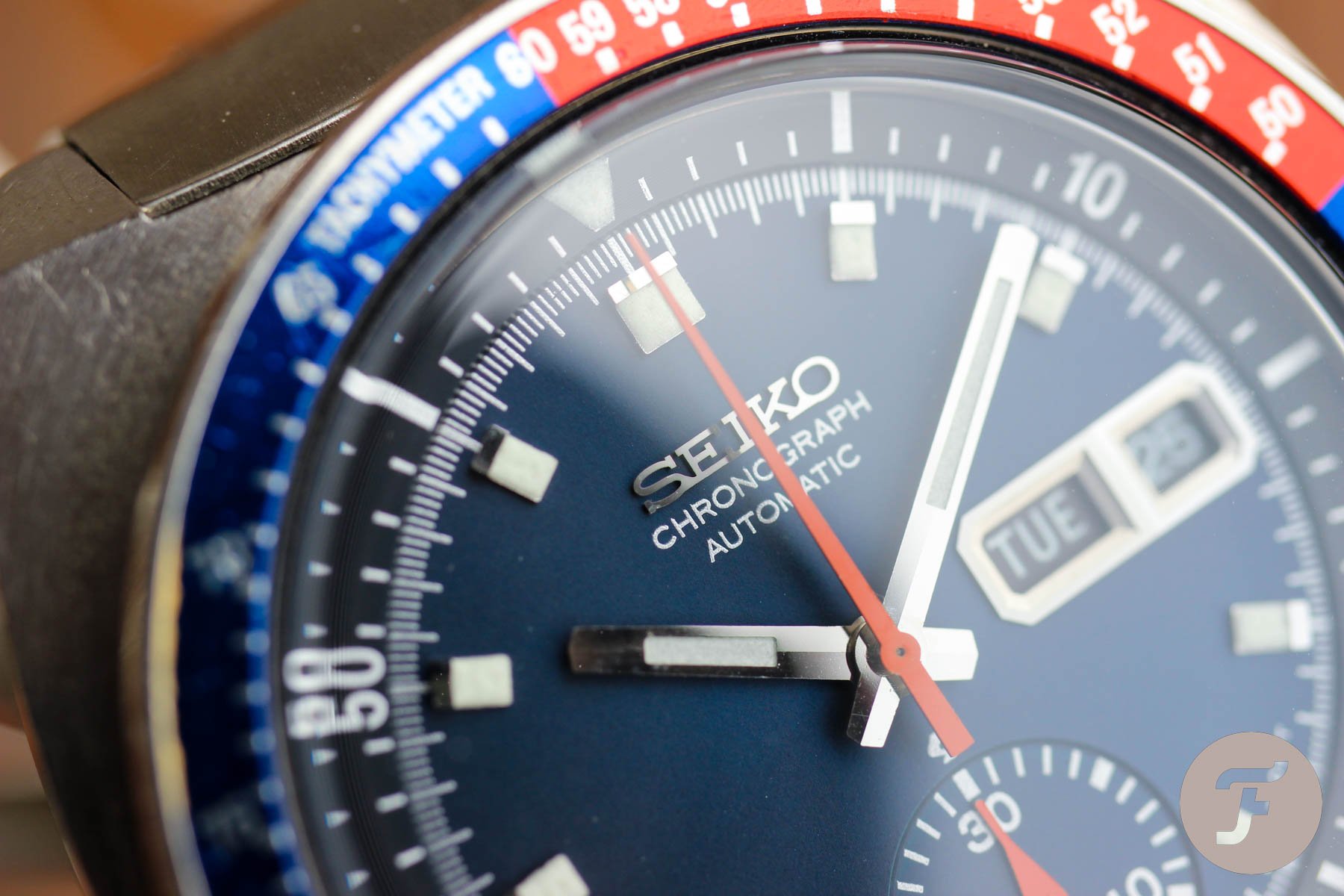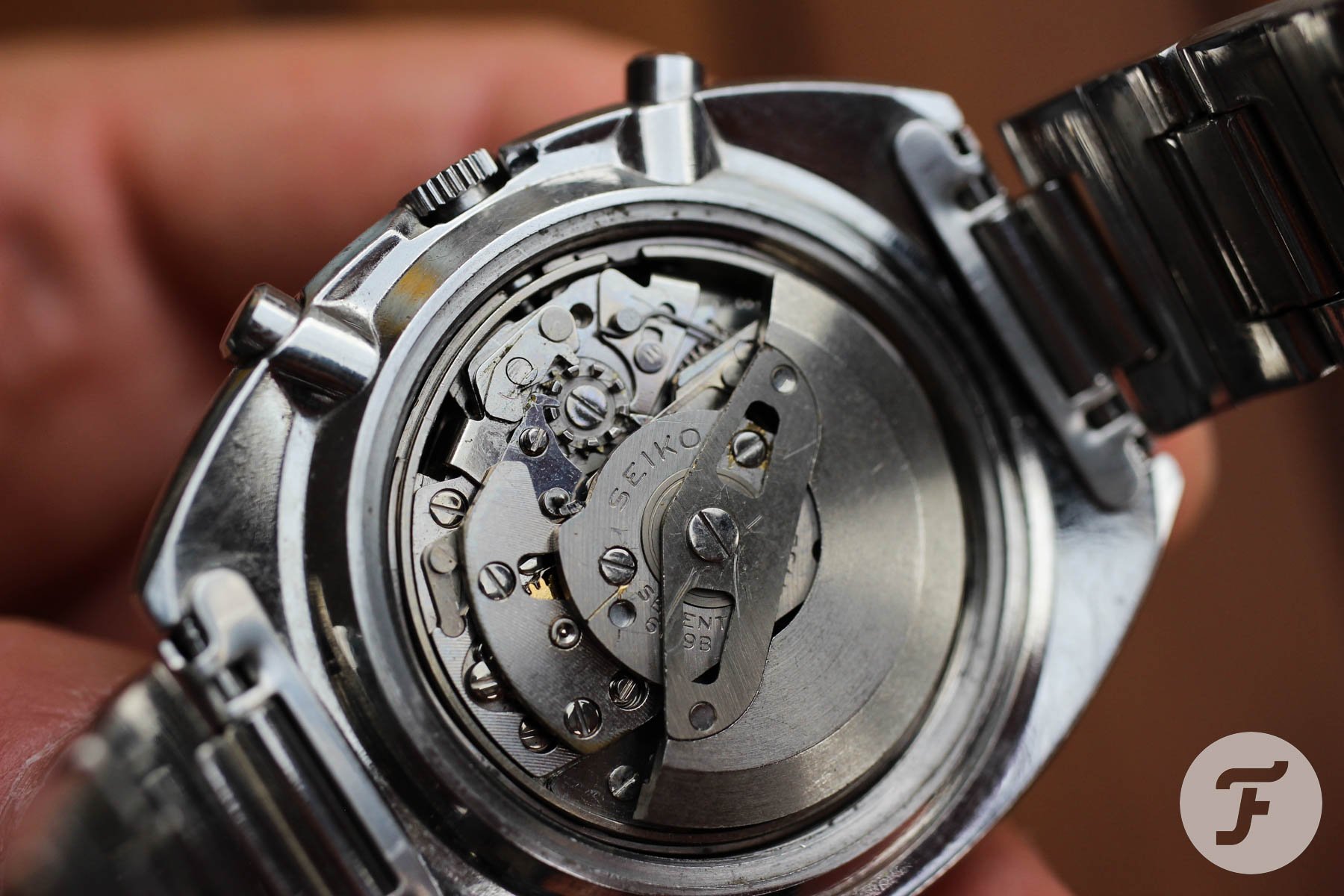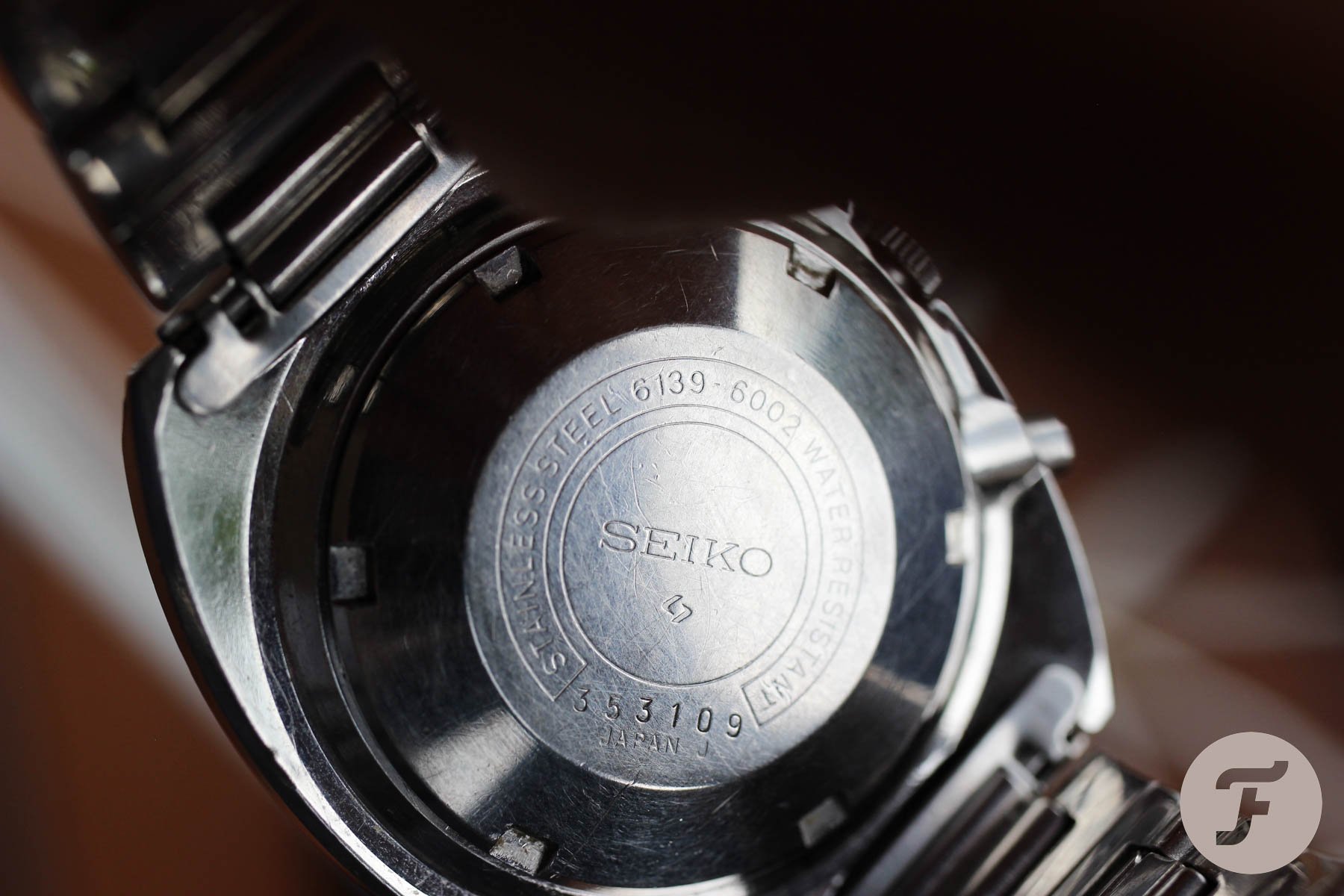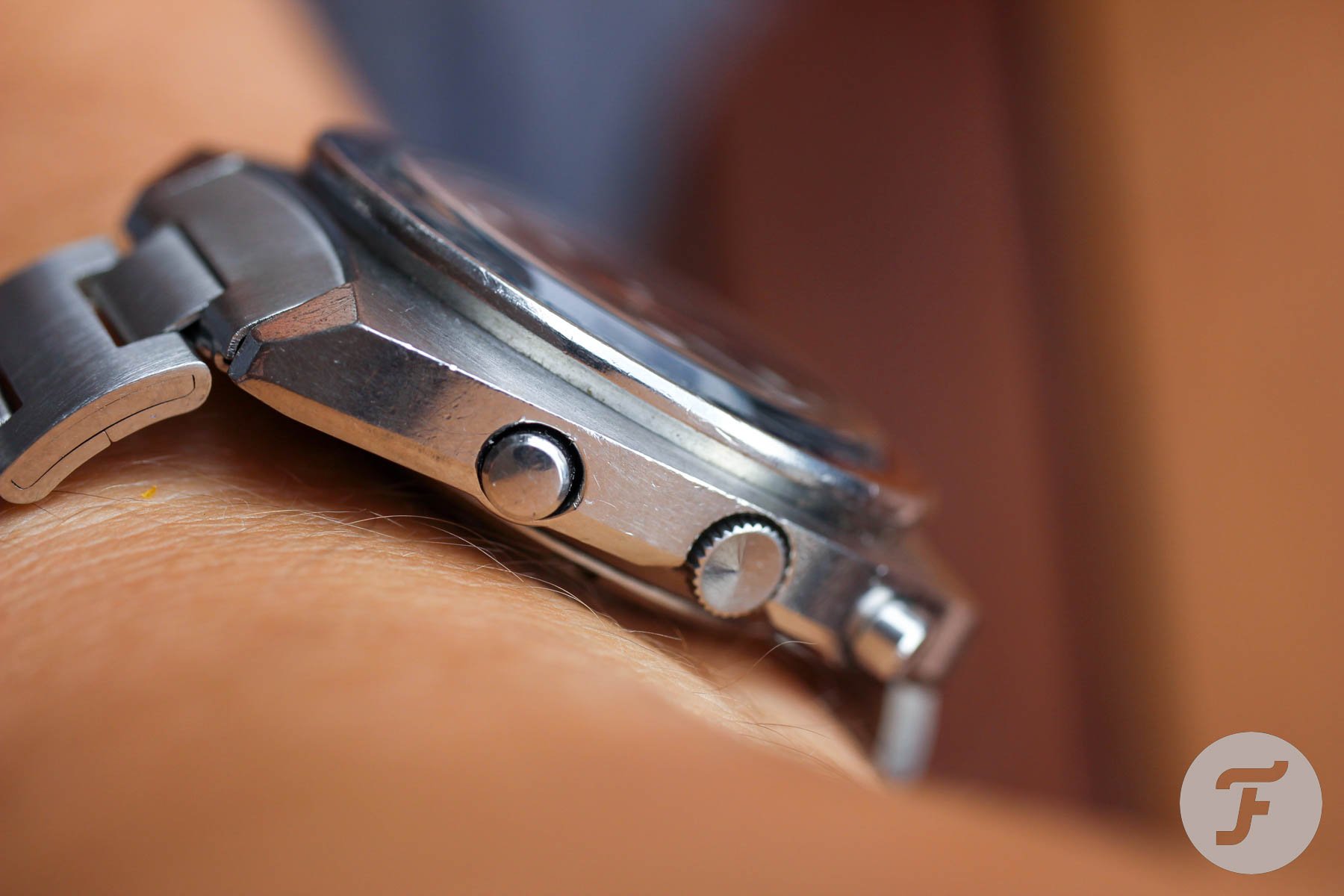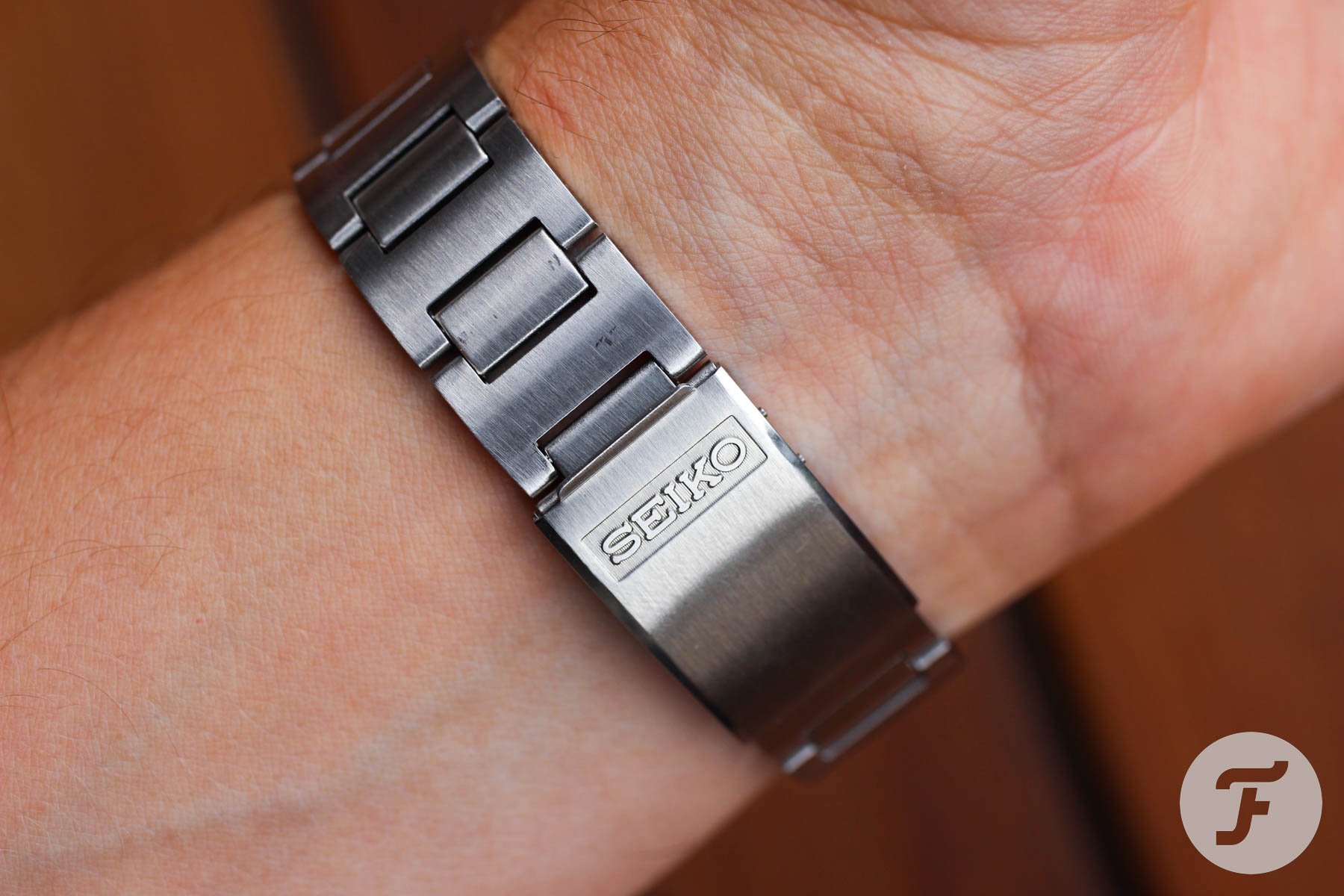#TBT The Seiko 6139-6002 Chronograph — The Vintage Yellow Pogue’s Elegant Blue Brother
…this might be a solution. This blue dialed Seiko 6139-6002 is one elegant chronograph that’s smart and casual. And you need one.
It’s hard to believe that it has been five years since Mike reviewed his blindingly yellow treasure, the Seiko 6139 Pogue. Why are we writing about the same reference again? It’s pretty simple. There are watches that aren’t worth writing any articles about (pardon my arrogance), watches worth mentioning once in a blue moon, and then there are watches you can’t write enough about. The Seiko 6139 belongs to that last category. Actually, I am quite surprised we haven’t covered it more since. Tune into those Pepsi tones, we are about to improve our Seiko 6139 track record today!
Why the Seiko 6139 matters
To sum up the basics, in 1973, Colonel William Pogue went to space as a part of the Skylab 4 mission. Guess what he wore to time the engine burn. Seiko’s first automatic chronograph, that also happened to be the first automatic chronograph in space. When it comes to the race for the first automatic chronograph, the fruit of a collaboration between Breitling, Heuer, and Buren (Hamilton) — the Dubois-Dépraz Caliber 11 — or Zenith’s El Primero are both prime contenders. However, around the same time yet on the other side of the globe, Seiko entered its own horse into the race. And that’s a watch Colonel Pogue famously opted for.
A Complicated Relationship
I knew the 6139 existed, but I ignored it for a long time. The reason for this was quite simple. I was never a fan of c-cases, as I found them a bit cumbersome. There were always many other watches that I wanted more, so the 6139 never took a place of priority on my wish list That changed after my encounter with the first Seiko chronograph in my collection, the ingenious flyback 7016. It was first produced in 1972, so just three years after the 6139. From a technical perspective, the 7016 is one of the most interesting Seiko movements. Once I understood the appeal of these early ’70s Seiko chronographs I wanted the earlier 6139 too. Despite my questionable feelings towards its c-shape case.
Different worlds
Switzerland made us want to see two or three sub-registers so we could easily recognize the chronograph. The Japanese took a different approach and that’s what pleases me anytime I strap on the 6139. Contrary to prevalent chronograph designs from the era, the Seiko 6139 looks more like a simple three-hander with sub-seconds from the 1940s or 1950s. Just much bigger. However, what you get is a watch with no running seconds and only one sub-register at 6 o’clock. This design leaves enough room to fit a day-date double window. From today’s perspective, I would call the old continent approach a bit narrow-minded and more tool-like.
The strength of the Seiko 6139
Why? To simplify general opinions, the date and chronograph are two complications that don’t like each other much. To even suggest we imagine a date window on an early Speedmaster seems like heresy of the highest order. Attempts to fit a date into chronographs were mostly painful and left us believing its best when they are left separate. The caliber 12 in Breitling’s Chrono-Matic did so by sacrificing a running seconds display, which is exactly what Seiko did. And here, we arrive at a point that hasn’t been highlighted enough yet, which is that Seiko succeeded in integrating the chronograph with a date (even day-date) in a much dressier way than any of the Swiss brands.
An indispensable calendar function
Did Seiko place a higher priority on date legibility or is it a natural result of technical development? I ran my thoughts by Mr. Ryugo Sadao, author of the book The History Of The Seiko Speed-Timer. “Regarding the calendar function, in Japanese society at that time, a calendar was indispensable for the Speed-Timer, which is a practical wristwatch in a popular price range. The quick set and switching function for the day of the week is a standard feature of cal. 61,” Mr. Sadao explains.
“Seiko in the 1960s had a basic design concept of increasing product variations by adding various functions based on the basic movement. The 6139 is a movement that improves the self-winding cal. 61 and adds a chronograph function with a new mechanism.” I don‘t know how often you actually use your chronograph. From a functional standpoint, I find the overall 6139 dial structure to be more suitable and more useful for general daily life. The day-date is generally more useful than a chronograph. Maybe something minor, but for me, quite an interesting plus for the Seiko 6139.
Get your shirt ironed
From the perspective described above, the Seiko 6139 becomes a part of a completely different chronograph category for me. While most chronographs are just chronographs, I view the 6139 as a dress watch too. That’s also why I opted for the night-blue dial. The Pogue’s yellow was and still is tempting, and I may add it to my collection later on, but the deep blue tones are quite interesting and lively under different light conditions. All hype is with the yellow Pogue, but this too is quite the gem. Moreover, the offer is wide and good deals are still out there. Especially with a bit of patience. I think I found this all-original piece at a local auction for about €300. A bit of TLC from my watchmaker and a new Hardlex mineral glass crystal to replace the super beaten original and here we are.
Does it have an hour’s counter? Well, sort of…
Skeptics throw up their hands and reject the 6139 as it only has a 30-minute counter. But if you look closer, you’ll see that it also has an hour counter. By turning the crown you can rotate the inner bezel. You can align it with the hour hand before you activate the chronograph and this way you can time events longer than just half an hour. The inner bezel opens up another unusual perspective that is more characteristic of divers than of classy chronographs.
Shotgun notes
Thanks to fellow collector Patrick and watchmaker James Marien I was able to put NOS H-link shoes on my blue 6139. The bracelet wears light and looks pretty modern on the wrist. A Seiko signed clasp adds that warm fuzzy feeling when you roll your wrist. The Black day/date discs work much better with the blue dial than the yellow, IMHO. I also find the entire dial easier to read and more refined. The red central chronograph seconds and lovely teardrop elapsed minutes hand jump out in higher contrast from the blue dial than from the yellow (that often turns gold or dark orange).
Final notes
The C-case “problem” was always just in my head. I’ve consistently preferred perfectly round shapes and I found anything that went beyond that a bit too chubby. Like an overweight football player. But that was often said about the recently deceased legendary Bayern Munich striker Gerd Müller too, wasn’t it? And what magic he performed. Anytime I put the Seiko 6139 on, that case shape disappears. I can’t explain how I cannot like a watch when it’s sitting on the table and find it sleek when it’s on my wrist. But that’s simply the way it is. Your wrist is the essential ingredient in getting the right feeling. So if you are like me and are having second thoughts about the case style, I urge you to find yourself one, try it on, and never look back. Happy hunting!

